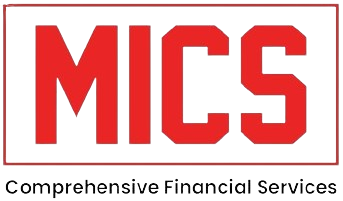
Financial modeling is a multifaceted discipline encompassing various techniques and methodologies. To thrive in the world of finance, it is vital to understand and apply these techniques effectively. In this blog, we will explore some of the top financial modeling techniques that every professional should master.
Key Financial Modeling Techniques:
- Discounted Cash Flow (DCF) Analysis: DCF is a fundamental technique used to value a company or an investment based on its expected future cash flows. This method involves estimating future cash flows and discounting them to their present value using a discount rate.
- Three-Statement Model: The three-statement model integrates the income statement, balance sheet, and cash flow statement into one comprehensive financial model. This model provides a holistic view of a company’s financial health and is essential for accurate financial forecasting.
- Sensitivity Analysis: Sensitivity analysis examines how changes in key assumptions affect the outcome of a financial model. By altering variables such as growth rates, discount rates, and cost structures, professionals can assess the robustness and risk of their financial projections.
- Scenario Analysis: Scenario analysis involves creating multiple financial scenarios based on different assumptions and events. This technique helps businesses prepare for various possible outcomes and develop strategies to mitigate risks.
- Comparable Company Analysis (CCA): CCA involves valuing a company by comparing it with similar companies in the industry. This technique uses multiples such as Price/Earnings (P/E) and Enterprise Value/EBITDA to derive a relative valuation.
Conclusion: Mastering these financial modeling techniques will enhance your analytical skills and enable you to make more accurate and strategic financial decisions. Our academy offers comprehensive courses that cover these techniques in-depth, providing you with the tools to excel in your career.
